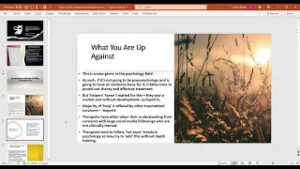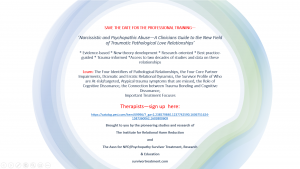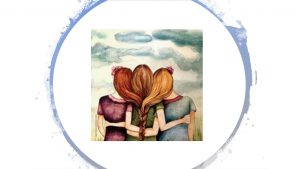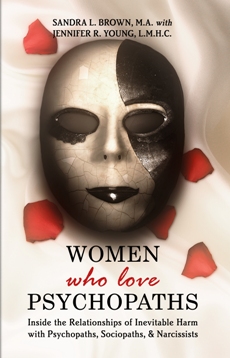You work and work to provide for your kids, and that puts you under a lot of stress. Job insecurity, maybe some mortgage problems, and other common afflictions of the times only increase the pressure. You find yourself taking it out on your family—the kids, your spouse, the cat, any unfortunate who gets in your way. When you’re home and not obsessively checking your e-mail, you lose your temper, you snap and yell and brood, you run alternately too hot (angry and aggressive, spoiling for a fight) and too cold (withdrawn and distant, a forbidding stone-face). You’ll admit that you’re hard to be around, but look, life is tough and you’re knocking yourself out without much in the way of thanks or respite to make enough money to feed and house the kids, and that’s what matters most, right?
Well, yes and no. Providing for children’s basic material needs is essential—it would be silly to argue otherwise. But a chronically harsh, conflict-ridden, chaotic household environment can do psychological damage and related physical damage that undercuts the good effects of whatever you’re doing to provide for children’s basic needs.







